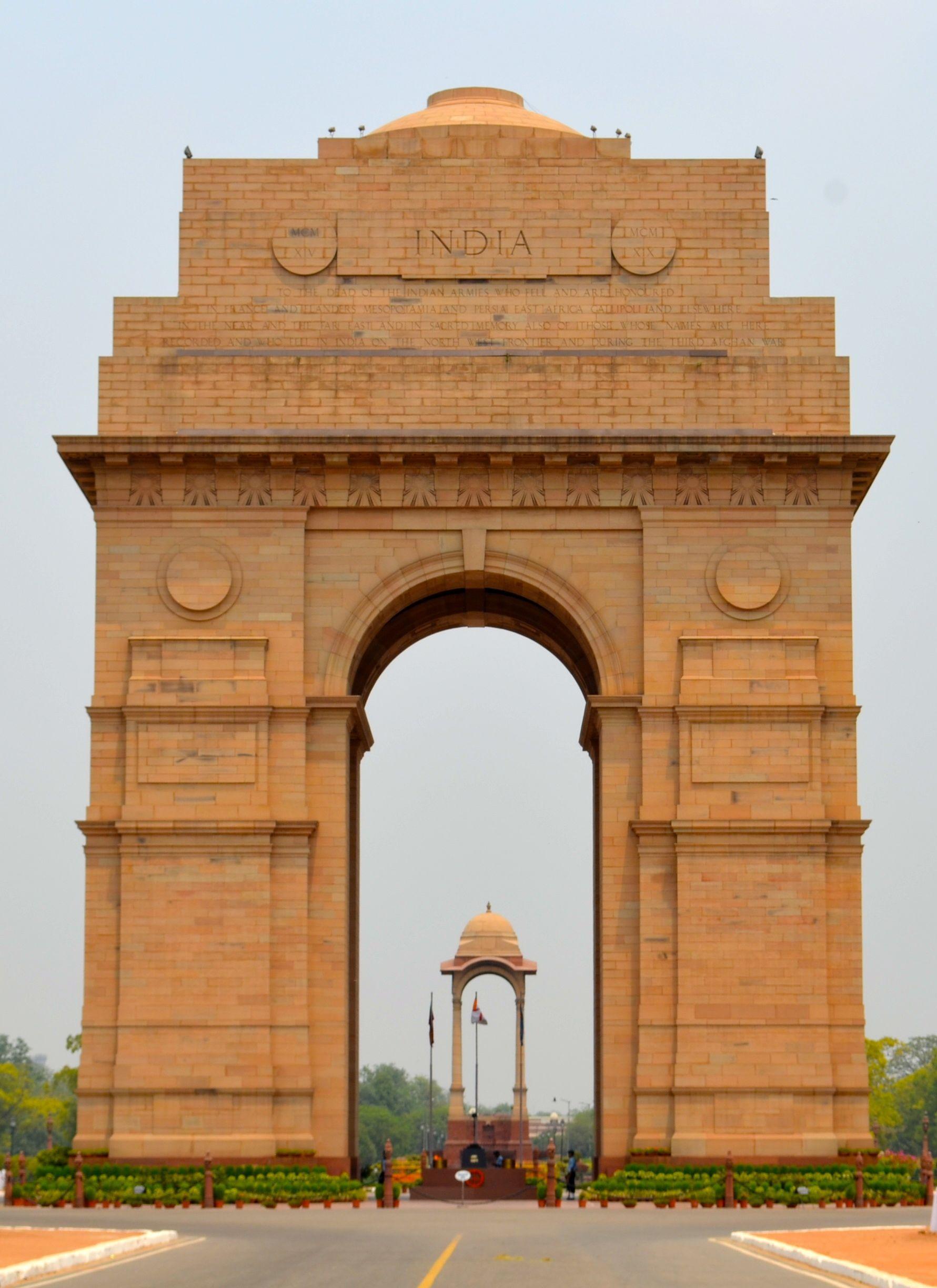2.2 billion people could face heat waves beyond survival limit: Study
Delhi, Kolkata, Lahore, Dhaka, Shanghai and Beijing are expected to start recording considerable “hot hours” annually even at 1.5 and 2 degree C warming over pre-industrial levels
India and the Indus Valley, with a combined population of around 2.2 billion, will experience the first deadly moist heat waves and, subsequently, substantial increases in accumulated hot hours per year, a new paper published in Proceedings of the National Academy of Sciences has said.

The paper led by Penn State College of Health and Human Development and the Purdue College of Sciences and Purdue’s Institute for a Sustainable Future also flagged that Indian cities such as Delhi and Kolkata, Pakistan’s Lahore, Bangladesh’s Dhaka, China’s Shanghai and Beijing are expected to start recording considerable “hot hours” annually even at 1.5 and 2 degree C warming over pre-industrial levels. For example, Delhi is projected to record 16 annual hot hours at 1.5°C warming which increases to 39 hot hours at 2°C and 170.7 hot hours at 3°C warming.
A wet-bulb temperature of 35°C has been proposed as a theoretical upper limit on human abilities to biologically thermoregulate. But, recent research using human subjects found this threshold to be significantly lower — in other words, even with minimal activity, the human body will not be able to cool down at a much lower temperature than thought before.
In 2022, authors and their collaborators demonstrated that the limits of heat and humidity people can withstand are lower than were previously theorised.
“The data collected by Kenney’s team at Penn State provided much needed empirical evidence about the human body’s ability to tolerate heat. Those studies were the foundation of these new predictions about where climate change will create conditions that humans cannot tolerate for long,” said co-author Matthew Huber, professor of earth, atmospheric and planetary sciences at Purdue University.
“We find that humanity is more vulnerable to moist heat stress than previously proposed because of these lower thermal limits. Still, limiting warming to under 2°C nearly eliminates exposure and risk of widespread uncompensable moist heatwaves as a sharp rise in exposure occurs at 3°C of warming. Parts of the Middle East and the Indus River Valley experience brief exceedances with only 1.5°C warming. More widespread, but brief, dangerous heat stress occurs in a +2°C climate change scenario, including in eastern China and sub-Saharan Africa, while the US Midwest emerges as a moist heat stress hotspot in this projection.
The ambient wet-bulb temperature limit for young, healthy people is about 31°C, which is equal to 87.8 F at 100% humidity, according to work published last year by Penn State researchers. However, in addition to temperature and humidity, the specific threshold for any individual at a specific moment also depends on their exertion level and other environmental factors, including wind speed and solar radiation, the authors said, explaining that their thresholds are based on latest evidence.
“Results of the study indicate that if global temperatures increase by 2°C above pre-industrial levels, 2.2 billion residents of Pakistan and India’s Indus River Valley, the one billion people living in eastern China and the 800 million residents of sub-Saharan Africa will annually experience many hours of heat that surpass human tolerance,” authors said in a statement.
These regions would primarily experience high-humidity heatwaves.
“As people get warmer, they sweat, and more blood is pumped to their skin so that they can maintain their core temperatures by losing heat to the environment. At certain levels of heat and humidity, these adjustments are no longer sufficient, and body core temperature begins to rise. This is not an immediate threat, but it does require some form of relief. If people do not find a way to cool down within hours, it can lead to heat exhaustion, heat stroke and strain on the cardiovascular system that can lead to heart attacks in vulnerable people,” said W Larry Kenney, professor of physiology and kinesiology, the Marie Underhill Noll Chair in Human Performance at Penn State and co-author of the new study in a statement.
“The worst heat stress will occur in regions that are not wealthy and that are expected to experience rapid population growth in coming decades. This is true despite the fact that these nations generate far fewer greenhouse gas emissions than wealthy nations. As a result, billions of poor people will suffer, and many could die. But wealthy nations will suffer from this heat as well, and in this interconnected world, everyone can expect to be negatively affected in some way,” added Huber.
“The first thing to do is a mortality analysis which shows at what temperature level mortality is rising. Correlating maximum temperature data with all-cause mortality is a good indicator. A similar exercise has already been done in Ahmedabad which led to development of the Ahmedabad Heat Action Plan,” Dr Dileep Mavlankar, who heads the Indian Institute of Public Health in Gandhinagar, said in May last year following a spring heat wave in India.
 Subscribe today by clicking the link and stay updated with the latest news!” Click here!
Subscribe today by clicking the link and stay updated with the latest news!” Click here!The acronym you need to learn today: GLOF
The Sikkim climate disaster is a wake up call. The frequency and severity of such events are going to increase exponentially in the future, climatologists say
At least 22 people were killed and over a hundred were missing after incessant rain and the collapse of what is known as a glacial lake sent torrents of water down the Teesta river, which washed away homes, smashed through close to a dozen bridges and cleaved a hydroelectricity dam that powered the remote north Sikkim region.

Continue reading with HT Premium Subscription

Live Score


